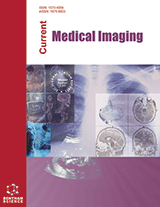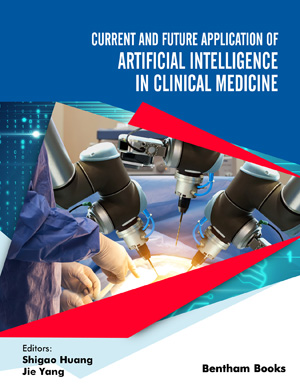
Abstract
Introduction: Millions of people have been infected with COVID-19, which has spread quickly worldwide since the start of 2020, resulting in numerous fatalities. Identification of infected individuals is essential to control the spread of the virus.
Aims: In this study, we propose a hybrid architecture that combines Convolutional Neural Networks (CNNs) with Recurrent Neural Networks (RNNs) and leverages transfer learning to enhance the accuracy of COVID-19 detection from X-ray images.
Methods: The proposed work utilizes 4 pre-trained CNN architectures, namely, InceptionnetV3, Densenet121, Inception-ResNet V2, and VGG19, to extract high-level features from the input X-ray images. These features are then fed into the second component, an RNN-based network, which captures the temporal dependencies within the extracted features. To evaluate the performance of the proposed architecture, a comprehensive dataset consisting of X-ray images from COVID-19 positive cases, non-COVID-19 pneumonia cases, and healthy individuals is used. Gradient class activation map (Grad-CAM) analysis has been applied to the obtained results to provide heat-map pictures specific to each class and coloured visualizations of the COVID-19-infected areas in CXR images.
Results: : Experimental results demonstrate that the proposed hybrid CNN-RNN architecture achieves promising results in COVID-19 detection from X-ray images. The model exhibits high accuracy, precision, recall, area under the receiver operating characteristics (ROC) curve (AUC), and F1-score, outperforming other state-of-the-art methods.
Conclusion: The combination of CNNs and RNNs enables the model to effectively capture spatial and temporal information, leading to improved performance in COVID-19 detection. The proposed hybrid architecture with transfer learning from X-ray images provides a robust and efficient solution for COVID-19 detection. The model can potentially assist healthcare professionals in making accurate and timely diagnoses, thereby contributing to the global efforts to combat the COVID-19 pandemic. In the present work, VGG19-RNN architecture outperformed all other networks in terms of accuracy. The most effective training and validation accuracy for the VGG19-RNN architecture is 99% & 97.70%, respectively, and the loss was 0.02 & 0.09 at epoch 100.
Keywords: Transfer learning, Convolutional neural network, Data privacy, Security, Recurrent neural network, Deep learning.
 13
13











